Wheelgun Wednesday: Starr 1858 - Fast Shooting Cap-And-Ball Firepower

Except for very, very rare exceptions like the Chiappa Rhino, revolvers more or less look the same these days, and function mostly the same as well. There’s a pattern to follow. But in the 1800s, designers were still figuring things out, trying new ideas to make better handguns. One of those was the 1858 revolver from entrepreneur/designer Ebanezer Starr. This was one of the earliest double-action handguns in the world, particularly in the U.S.
Old-school six-shooters @ TFB:
Arms Race
The Starr, like several other firearms of the late 1850s and early 1860s, was a case of the almost-right gun at the right time. The U.S. Army wanted firearms, with war on the horizon, and so did private individuals. In the years leading up to the Civil War, Starr made about 23,000 double-action revolvers, and according to the NRA, the U.S. Army bought most of those; Starr made examples in .36 caliber, especially for the Navy, but most were .44 models. The NRA says these were a significant portion of the sidearms officially issued to Union cavalrymen, in particular, more than 12 percent (the Navy also bought a couple of thousand as well). According to the NRA, only Colt and Remington sold more revolvers to the government than Starr did.
There were another 25,000 single-action versions of the revolver also sold to the military, plus thousands of private sales. In other words, there were a lot of these double-action Starr revolvers floating around during the Civil War.
But while Starr made about 50,000 of these revolvers, you don’t hear a lot about them in the Wild West after the Civil War ended. Why was that? It might be because they weren’t necessarily well-regarded to start with (more on that in a minute). I’ve read that the U.S. government sold a lot of the six-shooters off to Europe after 1865, including France and Germany, which would explain why they don’t pop up a lot in dime novels. Or maybe Colt and Remington and Smith & Wesson had better PR agents after the Civil War—considering Starr went out of business in 1867, that’d certainly explain a lot.
You never hear of legends like Doc Holliday or Bass Reeves or John Wesley Hardin or Tom Horn using these revolvers, and they don’t really pop up a lot in oater films either. The most famous Western to feature the Starr was Unforgiven, where Clint Eastwood finds out he can’t shoot his old cap-and-ball revolver straight and opts to use his shotgun instead.
Still, the Starr has enough of a reputation today that Pietta made reproductions, which are still available on the used market.
A Complicated Design
The Starr 1858 is a double-action, but it’s far from a modern design, and it was considered quite complicated at the time of its introduction.
British gunmakers had been building double-action revolvers for nearly a decade before the Starr revolver debuted; the Beaumont–Adams and other similar handguns were popular enough that they forced Colt to shut down their factory in the U.K. However, in the U.S., single-action revolvers were far more popular than the British guns, and that’s what Americans were used to—cock the hammer, pull the trigger. Repeat as needed.
The Starr didn’t have the exact same manual of arms as the double-actions of today, where you just squeeze the trigger once, which works every part of the action—rotating the cylinder, cocking the hammer, and tripping the sear so the hammer drops.
Instead, the Starr has a main trigger, where you’d expect a trigger to be, which did most of the action’s heavy lifting, rotating the cylinder and cocking the hammer. Then, a secondary trigger tucked into the back of the trigger guard actually let the hammer drop. You can see this demonstrated in the video below:
Essentially, you were squeezing two triggers with a single movement, and as you can imagine, that resulted in quite a heavy trigger pull. You weren’t supposed to cock the hammer for single-action fire; you could cock the hammer with the front trigger and then trip the rear trigger on its own for single-action fire. But again, it was different from what soldiers were used to, and the double-action version wasn’t necessarily well-liked, despite its faster-shooting capability. The U.S. Army’s request for a single-action version makes sense, especially because it came in at $12 apiece, instead of the $25 that Starr charged for the double-action version.
Depending on who you believe, some of those complaints about the Starr were overrated anyway—some shooters and collectors think they were better-built than Colts or Remingtons, and less likely to jam, and some owners like the fact that the Starr has an easily-removable cylinder. But don’t go thinking that Wild West gunfighters carried a belt full of spare cylinders to reload their pistols; there’s no evidence that happened.
Buying a Starr
You can buy a Pietta reproduction, but the original Civil War-era Starrs are not that hard to find, and not that expensive. There’s one for sale at Guns International for $1,295, and if you look around, you’ll see this restored version sold for much less a few months back. Look overseas, and you can find examples for a lot more.

![The Starr 1858 double-action was a very common handgun in the Civil War. [Alligoods Inc.]](https://cdn-fastly.thefirearmblog.com/media/2025/05/14/11501/wheelgun-wednesday-starr-1858-fast-shooting-percussion-firepower.jpg?size=720x845&nocrop=1)
![This Starr 1858 probably saw Civil War duty; most were bought by the military, or by soldiers for personal protection. [By Ghpwc - Own work, CC BY-SA 4.0, https://commons.wikimedia.org/w/index.php?curid=92096832]](https://cdn-fastly.thefirearmblog.com/media/2025/05/14/11502/wheelgun-wednesday-starr-1858-fast-shooting-percussion-firepower.jpg?size=720x845&nocrop=1)
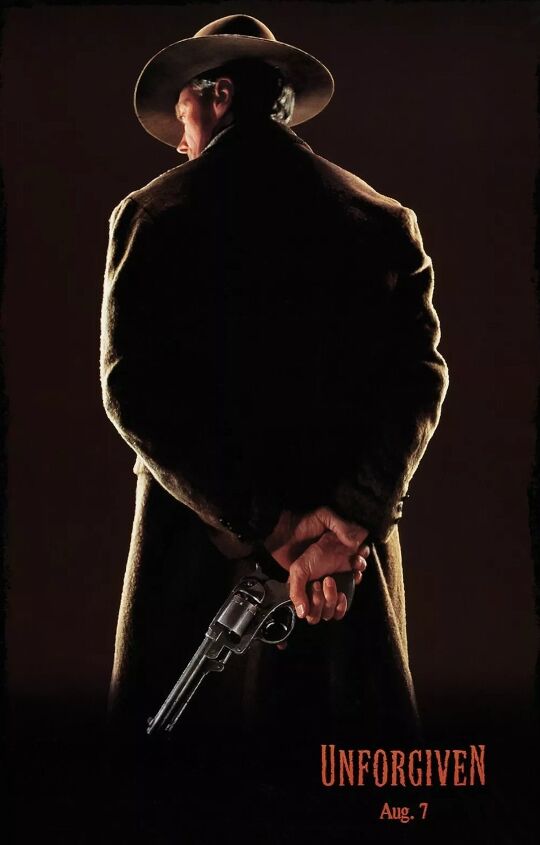



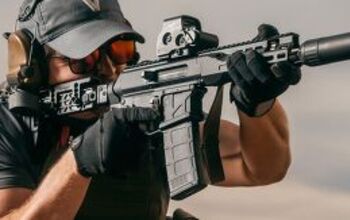
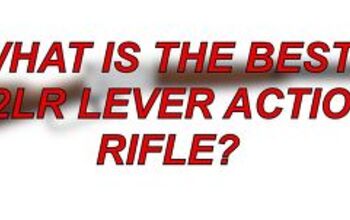
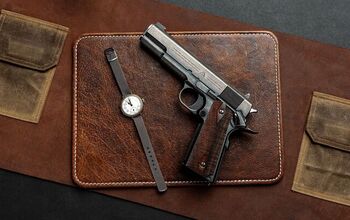
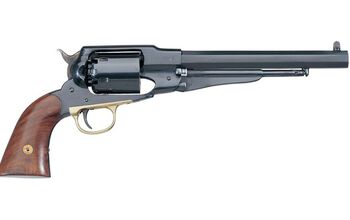
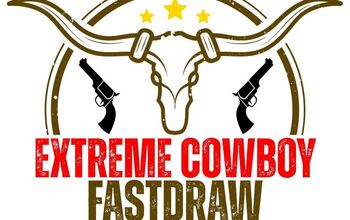
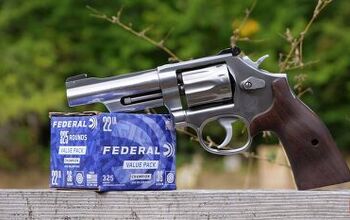
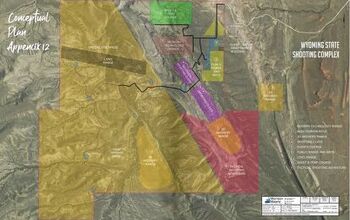
![[DEFEA 2025] Armenian Maktes Arms T-AB 2A DMR Rifle](https://cdn-fastly.thefirearmblog.com/media/2025/05/05/15561/defea-2025-armenian-maktes-arms-t-ab-2a-dmr-rifle.jpg?size=350x220)
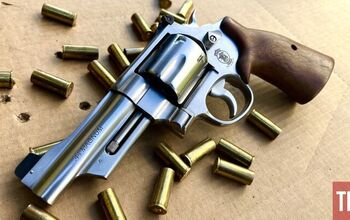

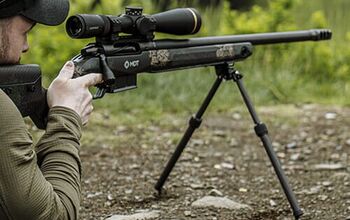
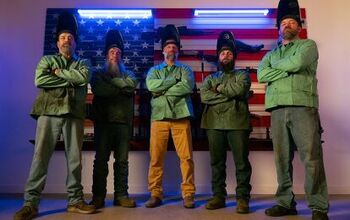

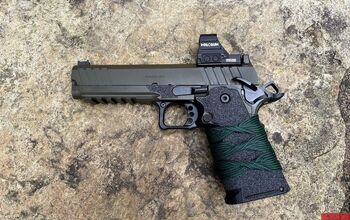
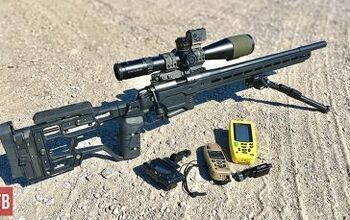
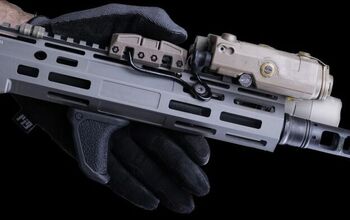
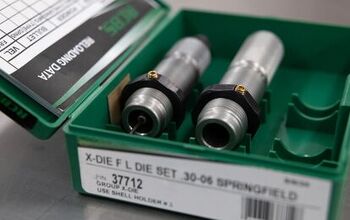
![[IDEF 2025] TISAS Begins Production of PKM Machine Gun in Turkey](https://cdn-fastly.thefirearmblog.com/media/2025/08/06/03521/idef-2025-tisas-begins-production-of-pkm-machine-gun-in-turkey.jpg?size=350x220)
Comments
Join the conversation
Some years later, Mrs. Ansonia Feathers made the arduous journey to visit the last resting place of her only daughter. William Munny had long since disappeared with the children... Some said to San Francisco where it was rumored he prospered in dry goods. And there was nothing on the marker to explain to Mrs. Feathers why her only daughter had married a known thief and murderer, a man of notoriously vicious and intemperate disposition.
Louis L'amour had a character use a Starr. Several times he equipped his protagonists with something besides Colt revolvers and Winchester rifles.